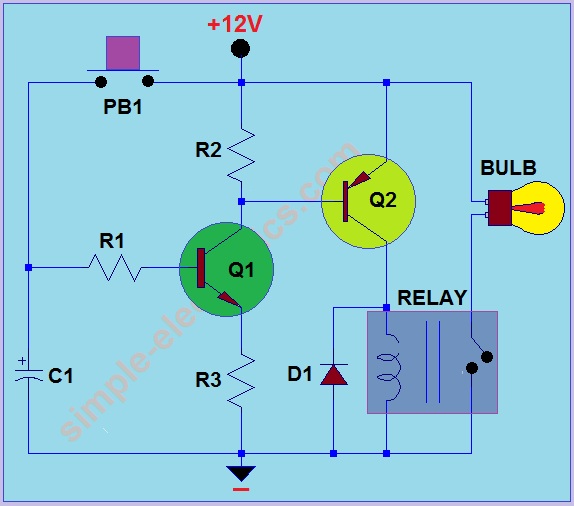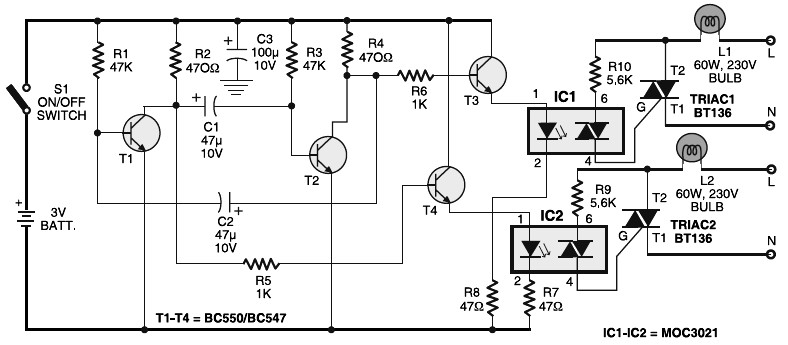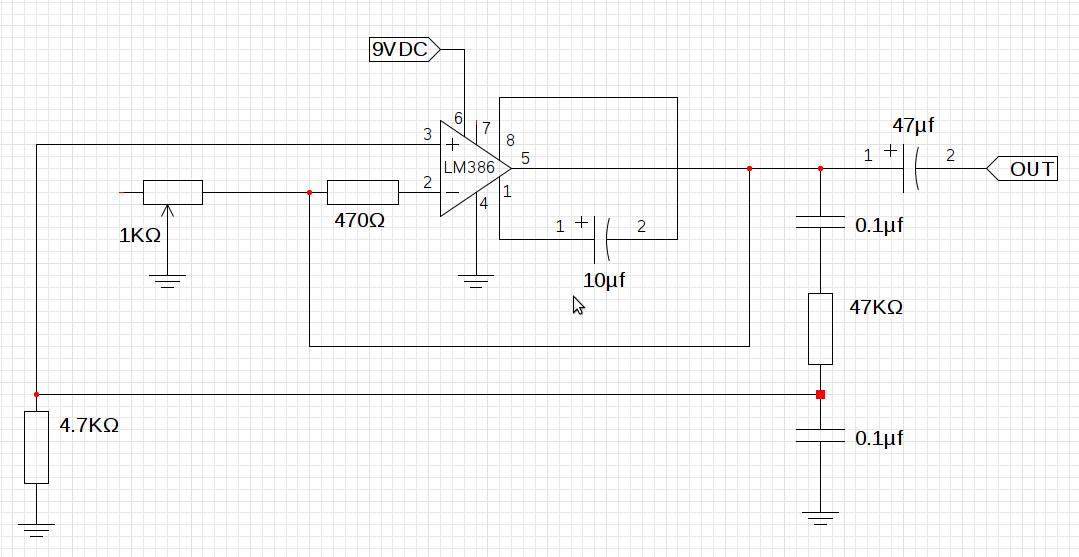
Precision bright light control circuit diagram

The circuit functions as a precision bright light control circuit, operating independently of variations in power supply voltage and ambient temperature. Resistors R1, R2, R6, and the photosensitive resistor R5 form a two-arm Wheatstone bridge.
The precision bright light control circuit utilizes a Wheatstone bridge configuration to achieve stable performance under varying environmental conditions. The two-arm Wheatstone bridge, composed of resistors R1, R2, R6, and the photosensitive resistor R5, allows for precise measurement of light intensity.
In this configuration, R1 and R2 are fixed resistors, while R5, the photosensitive resistor, changes its resistance based on the ambient light level. R6 serves as a reference resistor. The balance of the bridge is affected by the resistance change of R5 as light levels fluctuate, which can be monitored through an output voltage signal.
This output can be used to control additional circuitry, such as dimming lights or activating alarms based on predefined light thresholds. The circuit's design ensures that it remains unaffected by variations in the power supply voltage, which is critical for maintaining consistent operation in different environments. Additionally, the compensation for ambient temperature changes allows for reliable performance across a range of conditions, making this circuit suitable for applications in both indoor and outdoor lighting control systems.
Overall, this precision bright light control circuit is an effective solution for applications requiring accurate light detection and control, ensuring optimal performance regardless of external factors. As shown in the circuit as a precision bright light control circuit, its work is not affected by the power supply voltage and ambient temperature. Resistors R1, R2, R6 and phot osensitive resistance R5 together constitute two-arm Wheatstone bridge.
The precision bright light control circuit utilizes a Wheatstone bridge configuration to achieve stable performance under varying environmental conditions. The two-arm Wheatstone bridge, composed of resistors R1, R2, R6, and the photosensitive resistor R5, allows for precise measurement of light intensity.
In this configuration, R1 and R2 are fixed resistors, while R5, the photosensitive resistor, changes its resistance based on the ambient light level. R6 serves as a reference resistor. The balance of the bridge is affected by the resistance change of R5 as light levels fluctuate, which can be monitored through an output voltage signal.
This output can be used to control additional circuitry, such as dimming lights or activating alarms based on predefined light thresholds. The circuit's design ensures that it remains unaffected by variations in the power supply voltage, which is critical for maintaining consistent operation in different environments. Additionally, the compensation for ambient temperature changes allows for reliable performance across a range of conditions, making this circuit suitable for applications in both indoor and outdoor lighting control systems.
Overall, this precision bright light control circuit is an effective solution for applications requiring accurate light detection and control, ensuring optimal performance regardless of external factors. As shown in the circuit as a precision bright light control circuit, its work is not affected by the power supply voltage and ambient temperature. Resistors R1, R2, R6 and phot osensitive resistance R5 together constitute two-arm Wheatstone bridge.





